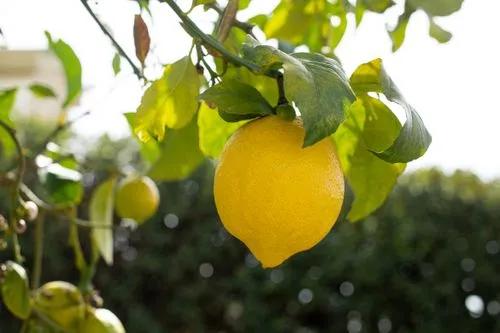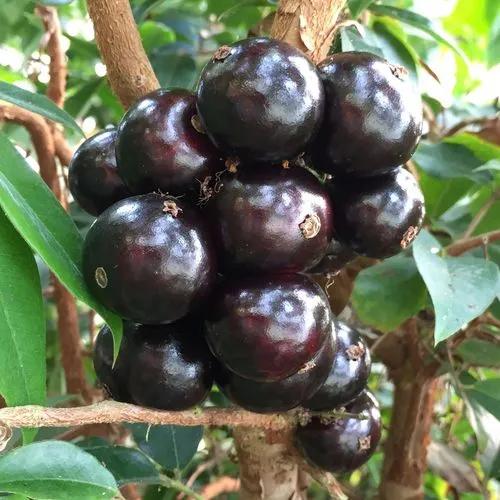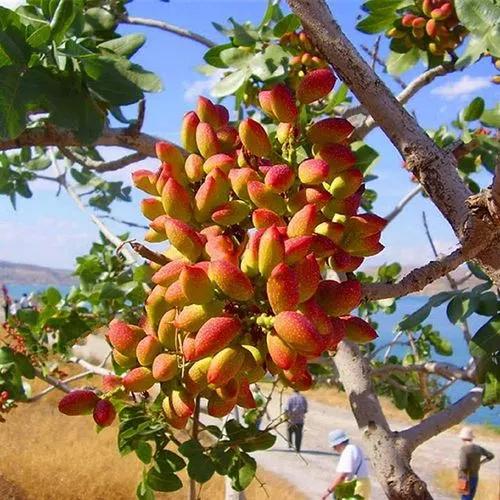The loquat is a species of flowering plant in the family Rosaceae, a native to the cooler hill regions of south-central China. It is a large evergreen shrub or tree, grown commercially for its yellow fruit, and also cultivated as an ornamental plant.
Loquat Care
Eriobotrya japonica



Eriobotrya japonica is a large evergreen shrub or small tree, with a rounded crown, short trunk and woolly new twigs. The tree can grow to 5–10 metres (16–33 ft) tall, but is often smaller, about 3–4 metres (10–13 ft). The fruit begins to ripen during spring to summer depending on the temperature in the area. Loquat fruits, growing in clusters, are oval, rounded or pear-shaped, 3–5 centimetres (1–2 in) long, with a smooth or downy, yellow or orange, sometimes red-blushed skin. The succulent, tangy flesh is white, yellow or orange and sweet to subacid or acid, depending on the cultivar. The loquat has a high sugar, acid and pectin content. It is eaten as a fresh fruit and mixes well with other fruits in fresh fruit salads or fruit cups. The fruits are also commonly used to make jam, jelly and chutney, and are often served poached in light syrup. Firm, slightly immature fruits are best for making pies or tarts.
How to Care for the Plant

Water

Newly planted trees or shrubs require more frequent watering than established trees and shrubs. they should be watered at planting time and at these intervals: 1-2 weeks after planting, water daily. 3-12 weeks after planting, water every 2 to 3 days. after 12 weeks, water weekly until roots are established.

Pruning

Remove any dying or yellowing leaves for aesthetic reasons.

Fertilizer

Use a fertilizer formulated specifically for your plant. Avoid over-fertilizing and follow the instruction on the label.

Sunlight

Full sun to partial shade.

Soil

The ideal blend of soil for plant growth is called loam. Often referred to as topsoil or black dirt by landscape companies, loam is a mixture of sand, clay, and silt.

Temperature

Loquat trees are sensitive to cold weather. The trees can tolerate temperatures as low as 10°F (-12°C) without serious damage, but temperatures below 27°F (-3°C) kill the flowers and fruit.

Container

Plants that don't like a lot of moisture will need a drainage hole for moisture to escape and for airflow to circulate through the pot. Another important function of drainage holes is to allow water to flush the soil of excess salts from fertilizers.

Popularity

7,285 people already have this plant 989 people have added this plant to their wishlists
Discover more plants with the list below
Popular articles






